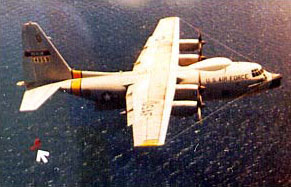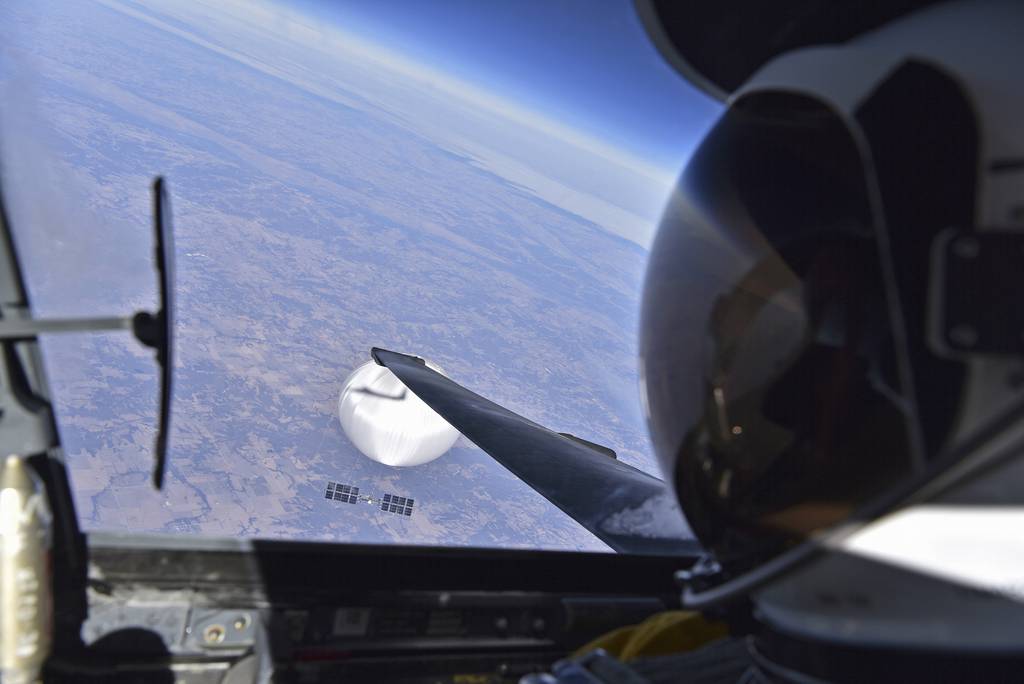World B4
my bad y'all
- Joined
- 25 June 2017
- Messages
- 345
- Reaction score
- 285
In the last century, lighter than air technology has been leveraged for a variety of military purposes. There is a need for a capability to engage the threat without doing what America does, which is use expensive stealth jets and air-to-air missiles, or what the Soviets did, which was design and build a dedicated balloon interceptor from scratch. Both are inefficient. Here are the characteristics that I think will make a good anti-balloon missile.
-Bladed warhead like the Hellfire variant for minimal debris and cost.
-Launch compatibility with older fighter jets available. No need for internal carriage capability
-Electro-optical guidance, to detect and impact the balloon
-Long storage life. Balloon performance parameters are pretty static, so it's reasonably future proof, which should be leveraged for cost efficiency.
-Cheap construction. You don't need a cutting edge rocket motor for a balloon, and cheap steel blades should be fine. Nor do you need a truly advanced seeker.
Or just do a reverse M-55: Strip a U-2 of its cameras and give it a few laser guided 70mm rockets.
-Bladed warhead like the Hellfire variant for minimal debris and cost.
-Launch compatibility with older fighter jets available. No need for internal carriage capability
-Electro-optical guidance, to detect and impact the balloon
-Long storage life. Balloon performance parameters are pretty static, so it's reasonably future proof, which should be leveraged for cost efficiency.
-Cheap construction. You don't need a cutting edge rocket motor for a balloon, and cheap steel blades should be fine. Nor do you need a truly advanced seeker.
Or just do a reverse M-55: Strip a U-2 of its cameras and give it a few laser guided 70mm rockets.


